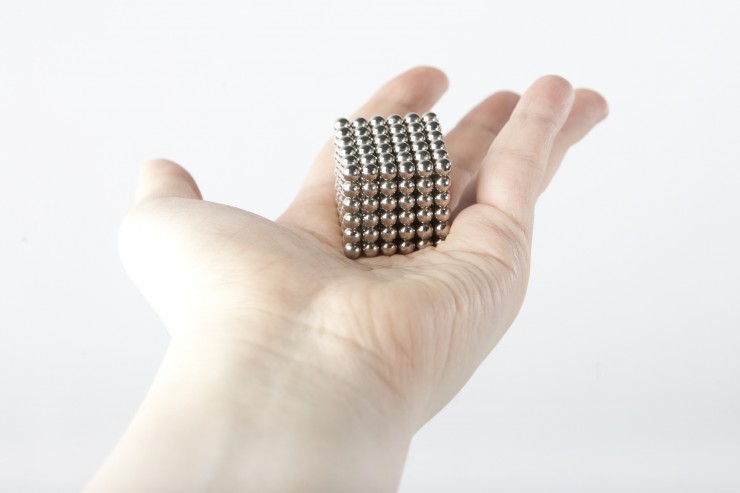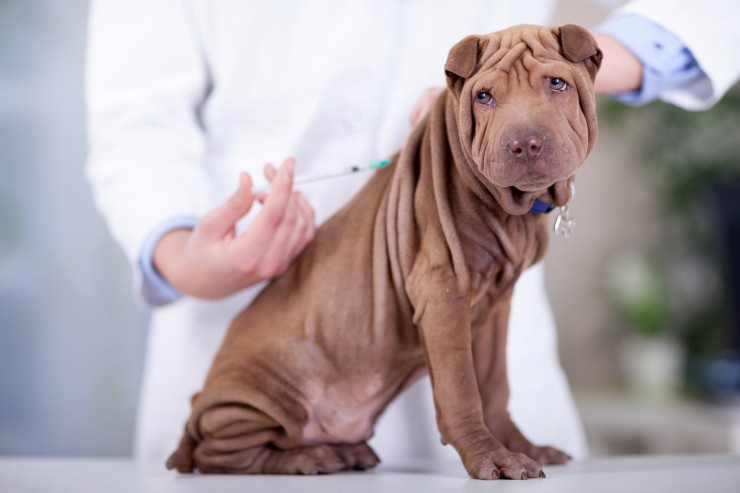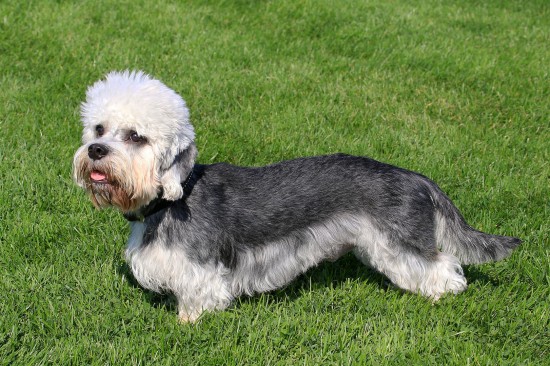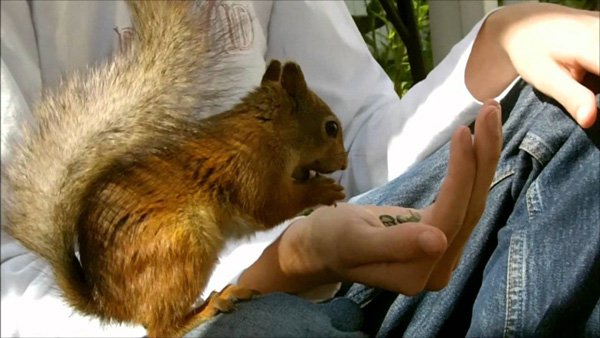Cardiomyopathy is the term used for any disease that affects the heart and is the most common form of heart disease seen in cats, as well as one of the most common causes of death in indoor cats.
Types of heart disease
These different conditions are described by the effect they have on the heart itself and how it works. Some types of heart disease that are common to humans and to dogs are often seen with cats. The different categories that do affect cats are:
* Hypertrophic cardiomyopathy (HCM) - this is the most common form and is where the muscular walls of the heart thicken and the amount of blood in the heart is then reduced. This has the effect of preventing the heart from relaxing between contractions and can often prove fatal
* Dilated cardiomyopathy (DCM) - this is the opposite, where the heart walls become thinner and the heart is therefore enlarged, meaning it no longer contracts properly
* Restrictive cardiomyopathy (RCM) - this is where there is fibrosis of the walls of the heart that results in it becoming stiff and lacking in elasticity so the heart chambers can't fill properly
* Intermediate cardiomyopathy (ICM) - this is a mixture of conditions
Causes
With many of these conditions, the underlying cause is either unknown or the cat dies before the causes can be fully examined. However, there are a number of factors known to cause heart disease. The most common of these are genetic defects that make a certain breed of cat more susceptible to heart disease of one form or another. Maine Coons are one breed that have been found to be particularly at risk and breeders are working to stop the genetics of those cats who have this problem from breeding, with the aim of removing this higher than average risk factor.
Cardiomyopathy can also be a secondary disease to other conditions such as hyperthyroidism (overactive thyroid), hypertension (high blood pressure) and an excessive production of a growth hormone called acromegaly. It can also be caused by nutritional deficiencies, with a taurine deficiency being the most common. Some drugs to control other conditions can also have a negative effect on the heart.
Symptoms
Heart disease is notoriously difficult to diagnose because sometimes the cat simply dies without ever showing any symptoms. Others may have the condition and never show any symptoms, so the condition is never diagnosed. However, there are some signs that can be recognised as potentially leading to a heart disease.
A heart murmur is one key indicator of a problem and can easily be detected when a vet listens to the cat' heart. This is caused by a disturbance in the flow of blood through the heart. Similarly, a gallop rhythm is where there are three sounds that can be heard when the heart contracts instead of the normal two as the heart contracts and relaxes.
Heart rate abnormalities are another indicator of a problem and these can involve quicker or slower heart beats than is normal along with something called pulse deficit, where the heart beats without any effective flow of blood.
As well as these heart issues, there are other symptoms that can be a sign of heart disease or of another condition needing vet attention. Because cats aren't taken for walks as dogs are, it is more difficult to notice a change in energy levels or a reduction in the amount of exercise they can do but both of these are telling signs of a problem. Breathing issues can also be a sign something is wrong along with cold extremities for no reason, such as their paws and ears, which are signs of poor blood flow.
Diagnosis
If you have even the slightest suspicion that there is something wrong with your cat, you should seek out your vet and get their opinion. With heart conditions, they may require to perform an X-ray, and electrocardiogram (ECG) or an ultrasound (echocardiography) to find out what the problem is, along with blood tests and blood pressure measurements to see the exact nature of the condition.
Treatment
The treatment of these conditions is somewhat similar to the treatment given to humans but using special versions of the medications suitable for the animal in question. Beta-blockers, ACE inhibitors and drugs such as Diltiazem may be used depending on the nature of the condition. The cat may also need dietary alterations if the cause is related to a deficiency or management of exercise.
Conclusion
Unfortunately, sometimes there is nothing we can do for our beloved cats and they are taken from us at speed with a heart condition that we often have no idea was present. But sometimes, observation can lead to catching a condition when something can be done and they can live a long life with just a little medication to keep their heart beating properly.

 Benefits of employing a Boarding Kennels in Saxilby for your dogs!
Benefits of employing a Boarding Kennels in Saxilby for your dogs!
 Fireworks And Your Pets
Fireworks And Your Pets
 Different Medication Options For Dogs That Suffer From Seizures
Different Medication Options For Dogs That Suffer From Seizures
 Neodymium Magnets Are A Real Danger To Dogs
Neodymium Magnets Are A Real Danger To Dogs
 How To Keep A Welsh Springer Spaniels Coat Looking Good
How To Keep A Welsh Springer Spaniels Coat Looking Good
 Five Common Questions From Dog Owners About Vaccinations And Boosters
Five Common Questions From Dog Owners About Vaccinations And Boosters
 An Insight Into The Taste Buds Of The Dog, And How They Taste Their Food
An Insight Into T
An Insight Into The Taste Buds Of The Dog, And How They Taste Their Food
An Insight Into T
 What Level Of Training Understanding Can You Expect From Your Puppy?
What Level Of Tra
What Level Of Training Understanding Can You Expect From Your Puppy?
What Level Of Tra
 Dandie Dinmont Terrier Hereditary Health And Genetic Diversity
Dandie Dinmont Te
Dandie Dinmont Terrier Hereditary Health And Genetic Diversity
Dandie Dinmont Te
 Dog Training Courses Provider
Dog Training Courses Provider
In case you have
Dog Training Courses Provider
Dog Training Courses Provider
In case you have
 Introducing Your New Puppy To Your Resident Dog
Introducing Your
Introducing Your New Puppy To Your Resident Dog
Introducing Your